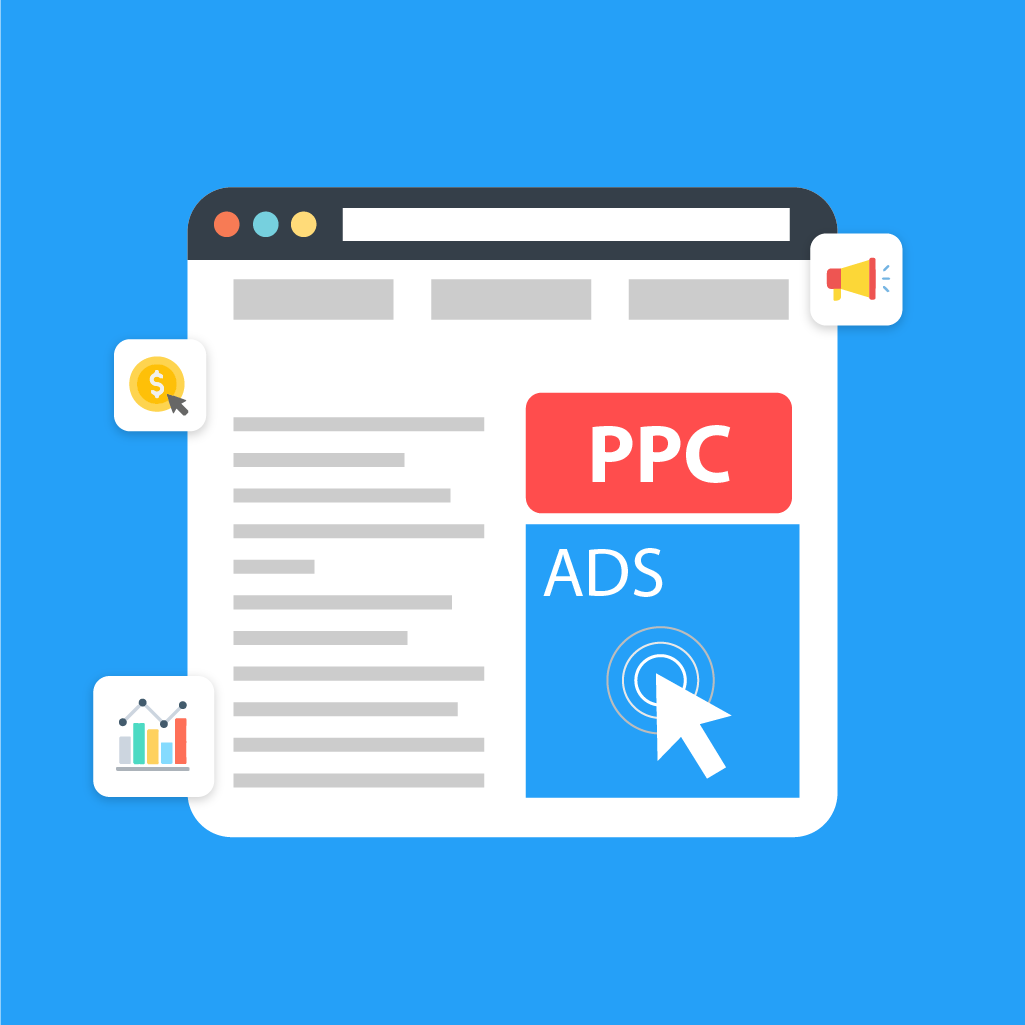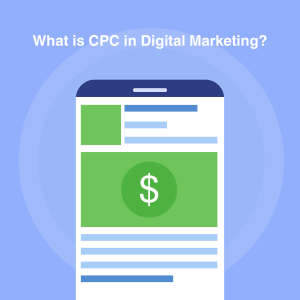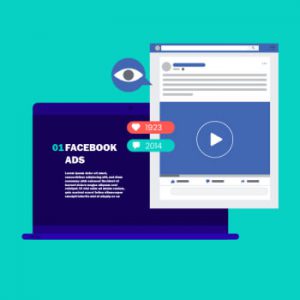Table of Content
In digital advertising campaigns, PPC is a prominent advertising approach that increases traffic to a website. Since advertisers only pay publishers when their ads are clicked, it is incredibly cost-effective. Advertisers are shielded from spending money on activities that aren’t trackable in this way.
PPC marketing is a must-know concept if you want to understand digital marketing. However, do you know how it works, its advantages, and how to put it into practice?
How Does PPC Works?
A PPC marketing campaign is a way to “purchase” traffic to a certain web page. For every time a person visits the advertiser’s website after clicking on one of the marketer’s advertisements, the advertiser pays an agreed-upon fee. A specific user activity, such as signing up for an account or purchasing a product, is the goal.
The most common way to support online campaigns is through pay-per-click advertising, but it is far from the only one. It’s crucial to distinguish this idea from others like it, like:
PPM (payment per thousand):
For every 1,000 impressions, the advertiser is charged a certain sum, regardless of how many times the ad is shown to users. Keep in mind that determining how many clicks each additional thousand impressions would generate is difficult while employing this method.
PPA:
Ads are only paid when users perform certain activities, like installing an app. As a result, the link between spending and outcomes is considerably more apparent than in PPC.
Understanding PPC’s Essential Concepts
CPC:
Advertisers pay a cost per click (CPC) for each ad that is clicked on. You have two options for determining the cost per click: you can either set a fixed price or hold an auction. A bid or maximum amount the advertiser is ready to spend per click is determined by the advertiser in this situation. If an ad is good, the algorithm will prioritize it over others of a similar type based on the quality of the advertising and the amount the user is willing to spend.
CPC = cost / clicks
CPC = (CPM / 1000) / CTR
CPC = conversion rate x CPA
CTR:
The CTR (click-through rate) measures how many people see an ad and then click on it. In general, a greater click-through rate (CTR) indicates a more effective advertisement.
A high CTR is rewarded in pay-per-click advertising, therefore it’s taken into account when determining ad prices in this model.
CPC = clicks / impressions
CTR = (CPM / 1000) / CPC
Impressions:
Whether or not a user clicks on an advertisement, each “impression” is referred to as a view of that advertisement.
Segmentation:
With online advertising, you have a lot of control over the people you’re trying to reach with your advertisements. Our PPC ads can target certain demographics, such as gender, age, geography, interests, and more. You may fine-tune your PPC campaign’s results by experimenting with the various choices available on each platform. This way, you can be certain that you’re only paying for clicks from visitors who are highly likely to become clients.
Landing Page:
Users are redirected to your landing page after clicking on your ad. Conversion or exit are available to the user after a few seconds. The importance of SEO for a website cannot be overstated.
In order to have a successful landing page, you need to have three things: clarity, simplicity, and relevance to your ad.
Conversion:
The most significant indicator in a PPC marketing campaign is conversion since it allows you to quantify the financial impact of your ad. Ads are measured by their “conversion rate,” which is the percentage of people who click on them and then go on to buy anything. The conversion rate measures how many individuals who saw your ad and clicked on it really ended up purchasing your product or service.
Conversion ratio = number of conversions / web visits
Frequency:
An ad’s frequency is determined by how many times an individual user sees it in a certain period of time. The frequency of an advertisement can be calculated by dividing the total number of impressions by the total number of individual users.
Frequency = number of impressions / number of unique users
Ads are typically shown multiple times to guarantee that the user is genuinely impacted by the ad’s message. This doesn’t imply that you should smother your prospects with adverts, though, as overzealous targeting might result in client rejection.
Advantages of Pay-Per-Click Advertising
Here are the top reasons why good PPC advertising is best for your business.
PPC Advertising Reach Viewers Affordably
You have complete control over your budget and ad placements with PPC marketing campaigns. Long-term, you’ll discover the optimal balance between the cost of your PPC campaign and the returns you receive.
Advertising impressions and reach will never be a cost with our PPC services. The only time you’ll be charged is if someone actually clicks on your advertising campaign.
Instant Traffic From PPC Ads
What better way to generate revenue than to employ PPC advertising to get your product on the first page of Google while you focus on organic marketing?
A keyword’s organic search ranks might rise and fall over the course of several months. When it comes to creating a long-term brand, organic growth is essential, but sometimes there is a need for faster results. This is where Pay Per Click (PPC) advertising can come in handy.
Regardless of your industry, we can create and implement a marketing campaign for your company that will begin bringing in new customers right away.
PPC Generates Warm Leads
Pay-per-click (PPC) adverts allow you to target the correct audience at the right moment. Despite the fact that you’ll have to pay for each click, your product will be presented to those who are already interested in it. If you’re looking for leads that are “warmer” and more cost-effective, what’s better?
PPC Ads Are Not Affected By Algorithm Modifications
PPC advertising, in contrast to SEO and content marketing, does not rely on algorithmic adjustments by search engines. Large-scale changes to PPC algorithms are rare. Based on the results of previous campaigns, you can readily forecast how your current and future adverts will perform.
PPC Ads Allow For Multi-Targeting
With PPC marketing, it’s easy to zero in on local or worldwide customer profiles based on demographics like age, location, and interests. An excellent technique to find out which platforms and demographics respond best to your ads is through pay-per-click (PPC) campaigns. This allows you to focus your ad campaigns on the individuals who are most likely to convert.
Examples of Pay-Per-Click Applications
You can use PPC on any website or place because it isn’t tied to a specific domain or location. You have a wide range of options to choose from when it comes to advertising. The most important ones are as follows:
Search Engine PPC Ads
Through search engine advertising, sometimes referred to as SEM (search engine marketing), you may target consumers based on the keywords they input in the search box. Major search engines like Google and Bing use a PPC auction technique.
Search advertising has two major advantages for advertisers:
- On page one of Google’s search engine results page (SERP), advertising is prominently shown. Organically positioning your website there can take years, but you can do it at a lower cost, thanks to advertising.
- It’s highly effective because it targets customers who are specifically looking for your products or services to meet their needs.
The use of PPC ads on social media
You may pay per click with the most popular social media advertising platforms, such as Facebook Ads and Instagram Ads.
Typically, these ads appear in the user’s news feed or a side column on their social network. The ability to create highly targeted PPC marketing by utilizing user data from social media networks is one of their most significant advantages.
Display Ads for PPC
Finally, PPC is employed when banner adverts are displayed on websites connected to the products and services of a company or the interests of its target audience.
If properly executed, these campaigns can be extremely effective, but you must exercise caution to avoid becoming obtrusive in your advertising. Because click-through rates (CTRs) for video advertising tend to be lower than those of other ad formats, reaching a larger audience is essential.
Why choose a PPC management company?
PPC marketing is a dynamic, ever-expanding market. As a result, it’s critical for digital marketing agencies like Adziv to stay abreast of the most recent features and strategies for reaching your target audience online.
Trying to comprehend the complexities of online advertising may be a waste of your time as a business. As a result, you choose to concentrate on more urgent matters, such as keeping your company solvent. Professional PPC management agencies can be hired for a fraction of the expense of building an in-house PPC team.
Our PPC experts have a wealth of knowledge and expertise in search engine and social media marketing. Using our services, you won’t have to worry about spending your time and money on ineffective ad campaigns.






